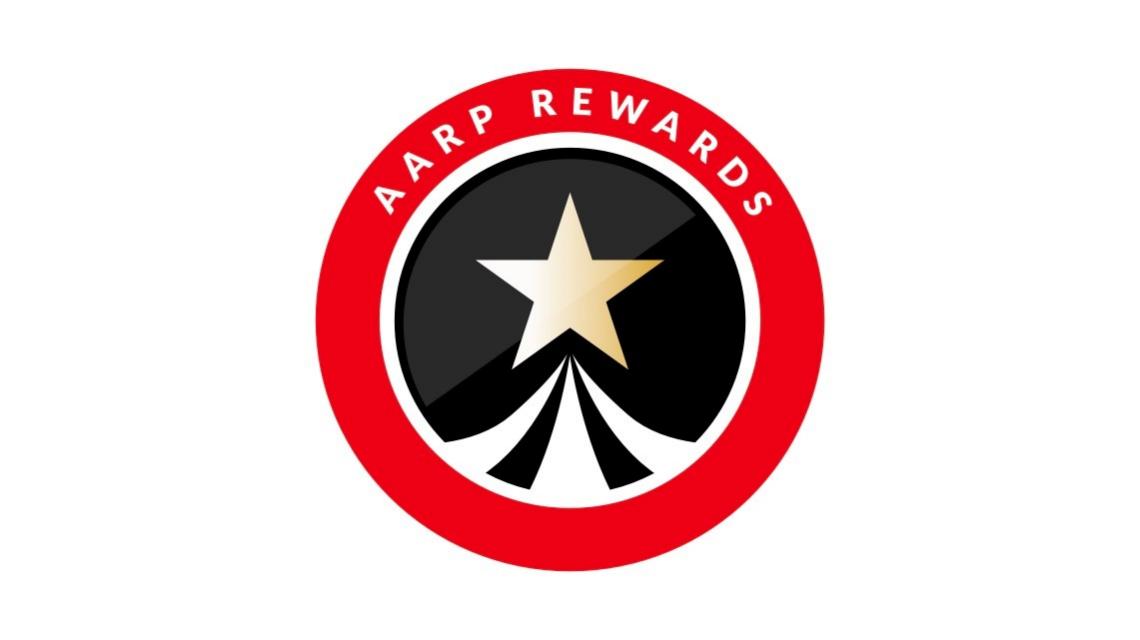Does the Part D plan cover the pharmacies I use?
This can be just as important in determining the price you pay for your prescriptions as the plan’s formulary. Many Part D plans have preferred pharmacies that charge lower copayments than other pharmacies in the plan’s network.
You can enter up to five pharmacies in the Plan Finder to determine if they’re preferred in-network pharmacies, standard in-network pharmacies that have higher copayments, or not in a plan’s network. Click view your pharmacies to see what your out-of-pocket costs would be for your medications at different pharmacies.
One example: If you use a preferred in-network pharmacy, the least expensive Part D plan in one area could charge $0 for a 30-day supply of 5 milligrams of amlodipine, the generic equivalent of the blood pressure medication Norvasc. The same prescription could be more than $40 per year at another in-network pharmacy that’s not on the plan’s preferred list and more than $600 at a nearby out-of-network pharmacy.
What are the total costs for the plan and my drugs?
Several factors can affect the total cost for a Part D plan during the year, including premiums, deductibles and copayments for your medications. Plans were allowed to charge a deductible of up to $505 in 2023, and that will rise to $545 in 2024, while some plans have no deductible.
Video: Will Medicare Part D Pay for All of My Prescription Drugs?
Premiums can vary, but a plan with low premiums may cost you more if it has high copayments for your drugs. When you’re in the Plan Finder, you can sort the plans by Lowest drug + premium cost to find out which plan’s total costs will be least expensive for you for the year.
The Plan Finder also shows your estimated total monthly drug costs for each plan. That can be helpful if you’re looking for a plan that spreads expenses throughout the year rather than charging the biggest bills in the first few months.
Part D currently has no coverage caps, but after you spend $7,400 out of your pocket in 2023, you reach Medicare’s catastrophic coverage level. After that, you pay 5 percent or less of your drugs’ retail costs.
The Inflation Reduction Act of 2022 changed the rules starting in 2024. You’ll reach the catastrophic level after spending $8,000 out of pocket, and you won’t have to pay additional costs the rest of the year. Starting in 2025, out-of-pocket costs are capped at $2,000 for people who have Part D.
How does the Part D plan rate for customer service?
The Plan Finder can show you each plan’s star ratings, which the Centers for Medicare & Medicaid Services award to Part D and Medicare Advantage plans based on several quality measures. For Part D plans, the categories include accuracy of pricing, complaints, customer service and members’ experiences.
Five stars is the highest rating; one star is the lowest. Part D plans receive star ratings based on up to 12 measures, as well as an overall star rating.
Keep in mind
- Three ways to enroll. After you find the best prescription drug plan for your needs, you can sign up through the Medicare Plan Finder, by calling the Medicare help line at 800-MEDICARE (800-633-4227) or by contacting the plan directly. You can also find contact information for Part D plans in your area in the Plan Finder or by calling the Medicare help line, as well as by reaching out to your State Health Insurance Assistance Program (SHIP).
- One plan at a time. If you switch to another Part D plan, the old one is automatically canceled as soon as the new coverage becomes effective. If you switch plans during the open enrollment period of Oct. 15 to Dec. 7, your new coverage automatically begins Jan. 1.
- Financial help is available. If your income is below a certain level, you can qualify for the Extra Help program, which can help pay your Part D premiums and copayments. Eligibility is expanding in 2024.
Return to Medicare Q&A main page






































































More on Medicare
Do I Need Medicare Part D If I Don't Take Any Prescriptions?
You should seriously consider enrolling in a Part D prescription drug plan
6 Medicare Open Enrollment Tips
It's time to check your coverageWill Original Medicare Survive the Medicare Advantage Boom?
New enrollees increasingly opting for the private insurance alternative to the federally-run program